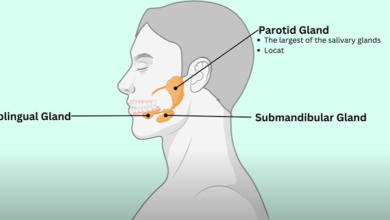Enhancing Patient-Physician Interaction with Virtual Scribes

The Age of electronic health records over the last 20 years has decreased clinicians’ time to be by the bedside with the patients. However, virtual scribes can reinvent this dynamic by taking over the documentation responsibilities in the electronic health records system. The virtual scribes make it possible to document while physically apart by covering the provider’s note-taking live. With the reduction of electronic health record work, clinicians can physically and intellectually focus their whole selves on the patient in front of them. This paper discusses how virtual scribes can reform patient-clinician interaction to bridge the doctors to provide the gap and bring the ‘art’ closer to the doctors.
Contents
Restoring Focus on the Patient
Virtual medical scribes are trained professionals who join providers remotely during patient visits via secure teleconferencing software to document the encounter in real time. This could involve attending the visit via video conferencing or listening to the conversation without video. The scribe navigates the practice’s EHR system directly as the visit proceeds, efficiently inputting relevant patient history, physician assessment details, treatment plans, follow-up instructions, and other required documentation. This enables the physician to focus entirely on conversing with and examining the patient without EHR distractions.
With a virtual scribe handling the administrative EHR tasks in the background, doctors are no longer forced to divide their attention between the patient and constantly inputting data into templates, drop-down menus, and various screens. They can truly give each patient their undivided attention, make consistent eye contact, actively listen, and build better rapport without technology hindering human connection. Studies show physician empathy and patient satisfaction increase significantly with virtual scribes during visits.
Improving Patient Satisfaction
Another thing that virtual scribes do for doctors is that they help the latter ensure quality time is spent explaining diagnoses, prescribed treatments, procedures, and follow-up plans to patients. This is possible since physicians do not need to worry about falling behind on documentation if they have the scribe doing it for them. This also means that doctors can draw simple diagrams or employ other visual aids to help patients understand what needs to be done and why without disrupting the interaction flow. Additionally, the physician has more quality time to answer more of the patient’s questions and address their concerns without rushing because of documentation deadlines.
Enhancing Physician Job Satisfaction
The ability to be fully mentally present with patients once again also notably improves physician job satisfaction and well-being. Doctors reconnect with medicine’s humanistic, meaningful side rather than merely feeling like data entry clerks. They can truly focus on listening to and diagnosing patients versus robotically clicking boxes and menus—this renewed fulfillment results in less burnout, improved workplace engagement, and enhanced physician well-being.
Patients intuitively feel that the doctor is more interested in them when EHR distractions are removed from the visit. Numerous surveys indicate markedly increased patient satisfaction and perception of care when virtual scribe support is utilized. Patients place a high value on feeling truly heard, understood, and authentically cared for by their physicians.
Conclusion
In the end, what virtual medical scribes are capable of igniting is the open communication, trust, and connection necessary for good health provision. By enabling physicians to be fully present with patients again, they make it possible for documentation to happen behind the scenes without compromising quality and accuracy. Scribes will serve to put physicians back into the central healing position as the listeners and advisors they were meant to be all along.




